I came with my brother on this trip, he had never been but we had discussed many times. Did my usual hook up Ave. O to 100th, then back down Torrence. Great day for a ride, perfect crisp weather and winds were low. The finds:
- gas alarm w/ photos (1980)
- This is a number of documents related to a system to detect excessive sewer gas in the plant. Presumably, this is very flammable therefore created a huge risk in a place like a coke plant where flame and heat is common. The photos are B&W of the gas detector itself and attached is the report from the company who came out to repair it.
- tar precipitators (1991)
- This basically consists of three separate memos from the plant engineer to the plant superintendent saying 1) we need to replace these 2) we cant replace these now 3) I think now we are ready
- heat exchanger flushing (1979)
- Dr. Lin regularly provides some of the best content in the plant’s history. This is a simple three page memo evaluating a recommendation to use a particular solvent to clean some BP equipment. He did laboratory tests to see how well the solvent worked and under what conditions it worked best, then recommends to the BP area manager that they move forward with the plant. Excellent.
- laminated wharf heating
- hilariously simple announcement stating “IF A, do B. If A does not exist, do not do B”. It is that simple. The lamination makes it even more hilarious. This was laying in a conspicuous area in the coal handling office like it was waiting for me.
- waste NH3 disposal pilot program (1976)
- five memos over 7 months discussing the plant agreeing to run a no charge test program, with all equipment and installation costs at $0 to allow the vendor to see the results
- ammonia sulfate shipping (1959)
- A clear reference to the photos I posted last week, of Interlake Iron bags of fertilizer which had smashed apart in transit. I was sure this was related but this is about two years earlier
- sulfate plant issues (1959)
- six memos over about as many weeks between the plant and Wilputte regarding issues with part of the BP plant. Most important here is the identification of asst. super R.B. Chamberlin’s first name as ‘Reggie’, as referenced by someone at Wilputte
- napthalene removal (1976)
- six page report with three page introductory memo. Most interesting about the report is that it references other texts, but it doesn’t just reference them, the author just copied the entire pages
- nalco meetings (1977)
- Six memos. Most importantly this identifies RC Rankin as plant super – something I has suspected but been unable to decisively prove. Also includes some promo literate from Nalco on their products (four total)
- drawings
- bayonet heaters, 6″ details
- bayonet heaters, 3″ details
- wet surface air cooler
- benzene emissions control tar tank area arrangement
- propane tanks sale (1990)
- the plant looked into repairing these tanks – then took bids to sell them off
- resources
- “ammonia disposal – coke plants”
- “application of spiral plate heat exchangers”
- napthalene pump/piping replacement (1978)
- specification, plus internal proposal. Best of all, also includes two summons to appear in court regarding lack of proper signage (“flammable”) on the tanks
- CCH safety binder (1989)
- whoever assembled this was off their rocker, positively. This contained any number of nonsense newspaper articles, poorly copied and three hole punched. All types of internal communication that surely everyone else in the company trashed. It contains a number of terrible injuries that occurred in 1989, including one of the few fatalities that ever occurred at the plant. Now that I have a hard copy I plan on doing a separate post on this incident.
- “oils – fuel absorbent” folder
- One of the greatest finds I have ever discovered. Most importantly, includes a memo from 1932 from the asst. super to an unknown person (“Dear Sir”). This is the oldest document I have besides a 1926 drawing. Also includes a memo from 1946 that seems to show RB Chamberlin as asst. super under an “FA Hagedorn” (author of the memo from 1932). This tells me two things: FA Hagendorn was asst. super and later super, and RB served as asst under two supers (Hagedorn and Nicklaus). I’m guessing the first super he served under was H. Klopsch. Another document from 1948 has his name on it, and I came across a newspaper clipping from around that time recently as well which IDd him as the super. A number of other memos are included from the 40s, 50s and 60s, and a wash oil specification from Koppers in 1933. Wow!
- coke plants seniority unit sequences (1993)
- a strange center folding document held together with staples as a binding. This is a true rosetta stone. I wrote a lengthy post about the wages at the plant in the late 80s, but I did not have the job classes for particular positions available to me. Now I do.
- united refractories proposal (2000)
- A forcefully written proposal to repair three ovens. Brief but to the point.
- temp positions (1995)
- Stack of job openings that show the internal bidding process for specific positions, plant wide
- KCBX Terminals agreement (1998)
- Fancy legal contract. KCBX used to have a terminal on 100th which was decommissioned in 2015. They have a new one – “KCBX South” – guess where? 10730 Burley. Sound familiar?
I feel a bit silly for having so many photos but I did take advantage of having someone with me, which had never been available to me in the past.
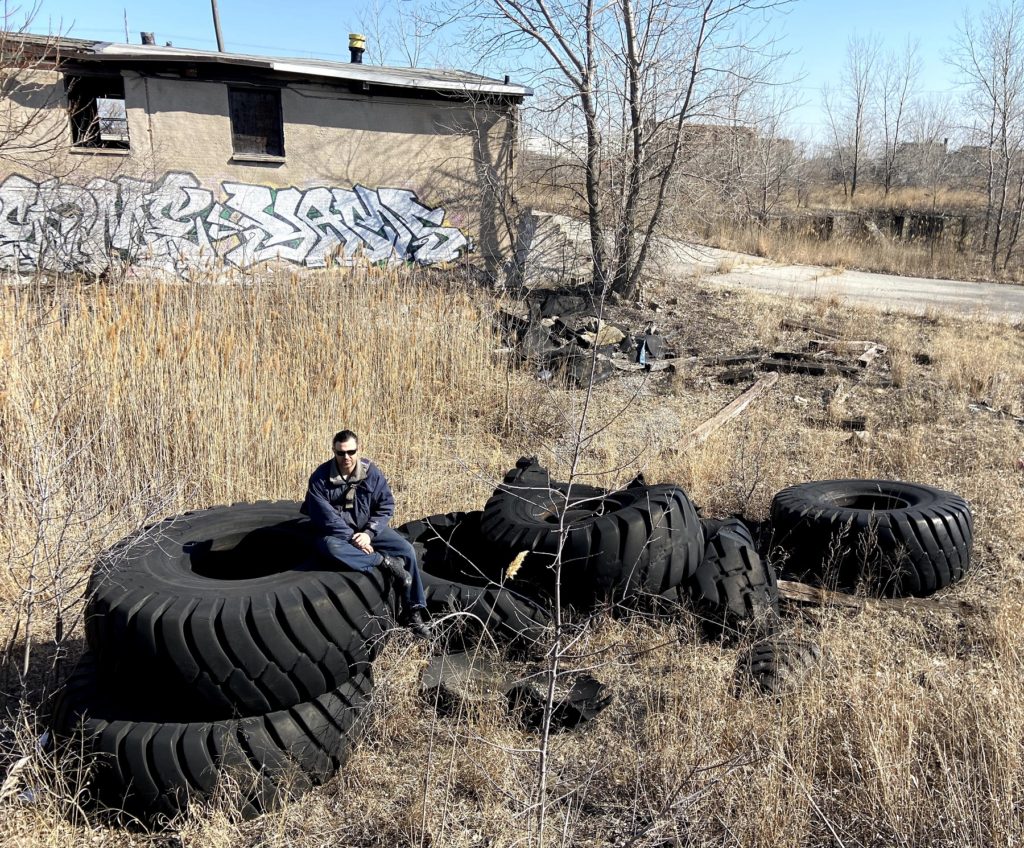

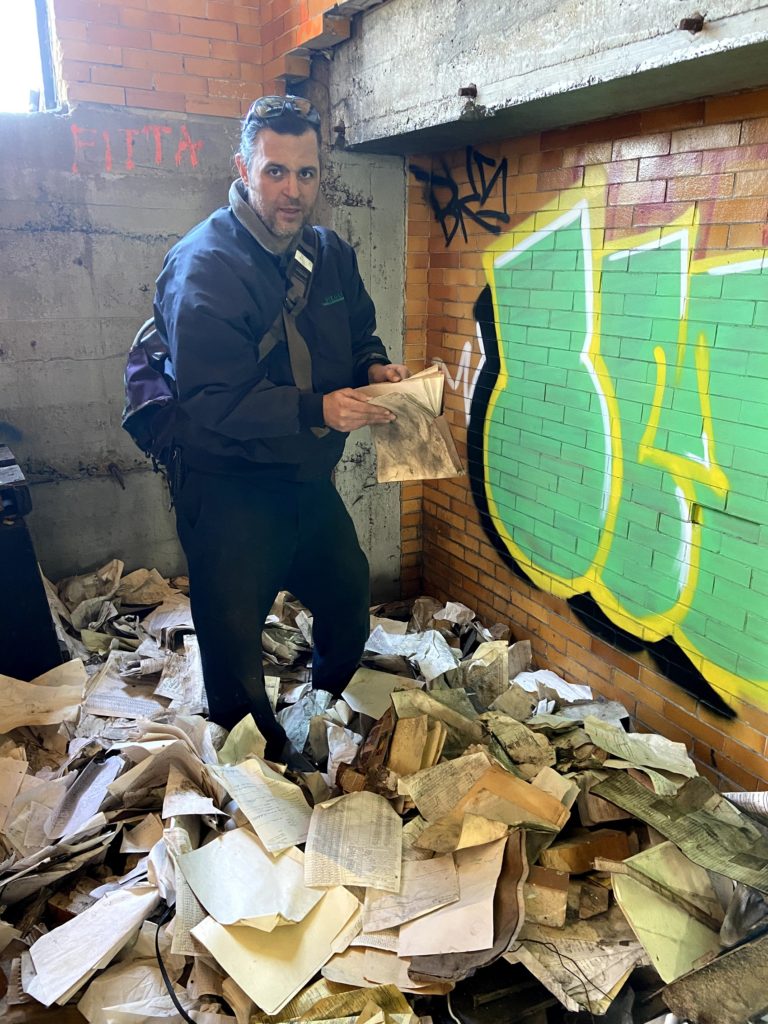
I haven’t gone in the coal handling office for weeks, and I only did now as part of the ‘tour’ I was giving my brother. The two offices are small so I fairly well cleaned them out long ago. That being said – how many times have I mentioned here that there is always something left. Always. This binder is full of fun stuff, though I don’t think it was much fun for the subject of this treacherous tale.


Initially I found these two photos and was excited. But there were a few issues. First of all, the two were badly adhered to one another from years (decades?) of being compressed together outdoors. I was sure one or both would be destroyed trying to peel them apart but my OCD would not allow me to ignore it. Somehow they came apart just fine! But even after that, the photos have no context and I’d rather not even share them in that case. But did I find just a few minutes later? The service order from the vendor sent to the plant to repair this unit. It even references the model number so there is no mistaking it.
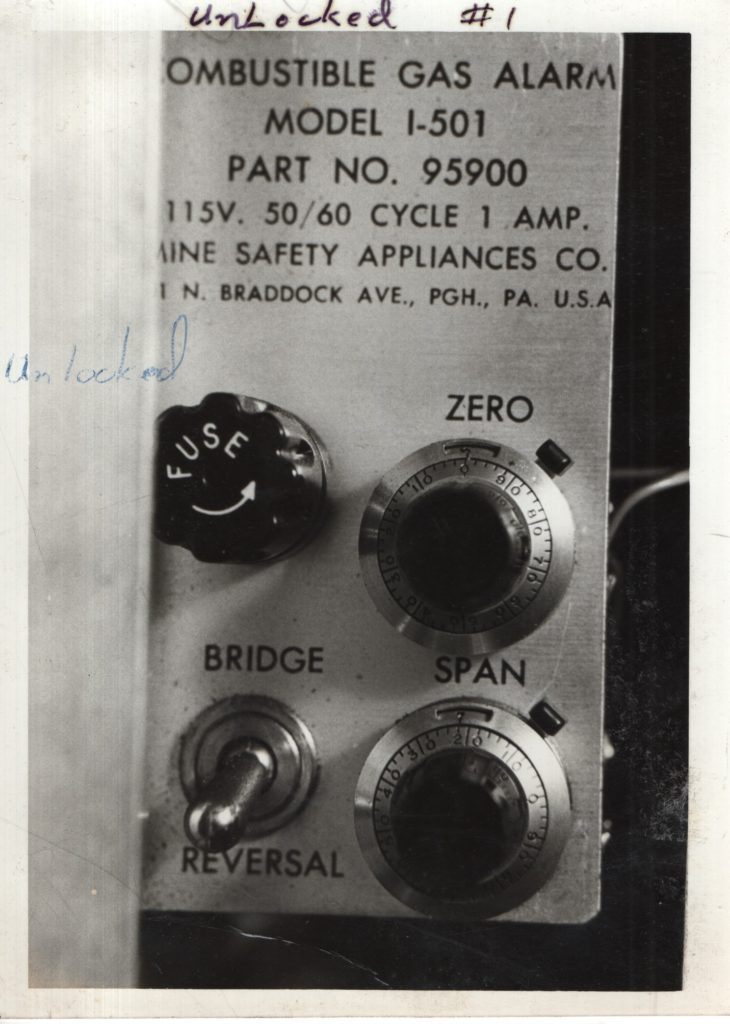
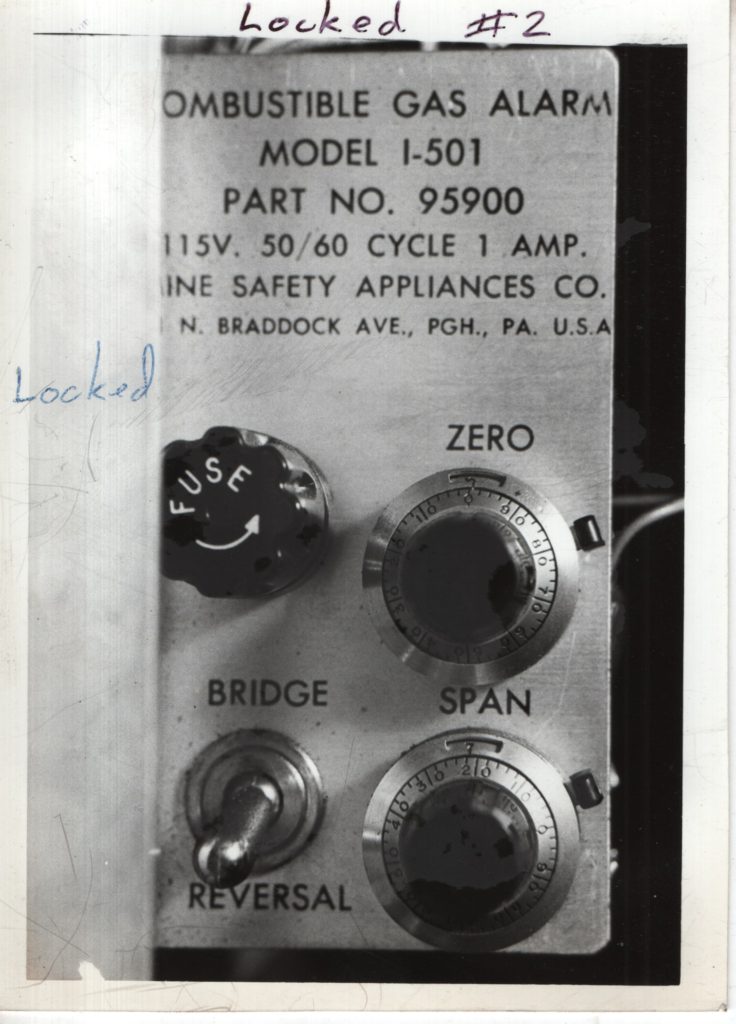



The binder I found in the coal handling office was filled with a number of newspaper articles, most of which were of this ilk.


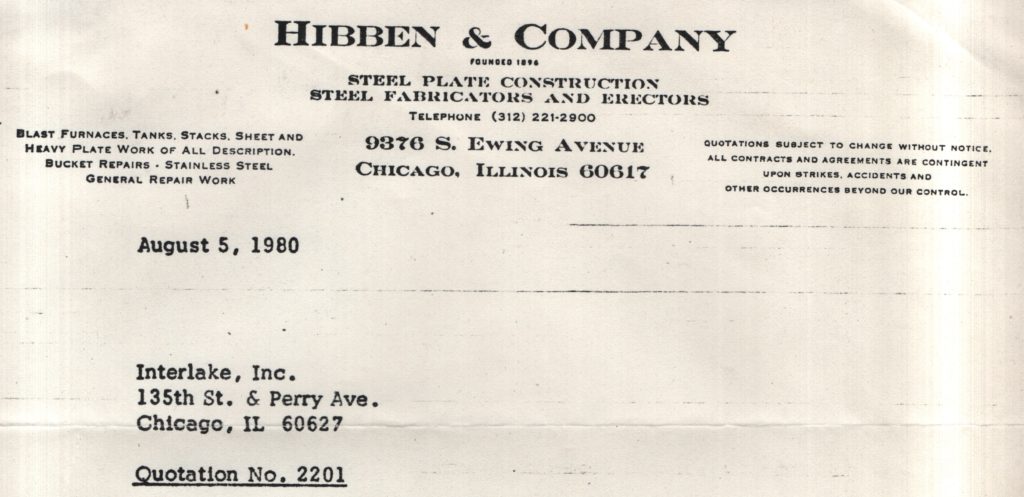
We ran into a couple other people doing some exploring on this fine Saturday. That I didn’t run into 20 people is a shame, this is the day to get in there! Very respectuflly they called out while we were up in the larry car port, which I appreciate. No one likes being snuck up on in here. We had a very brief chat but much later as we were headed back south to leave, I saw they were way up at the top of the coal bunker. I called out again to inquire on how dangerous it was to get to the fire escape and with permission I snapped the following photo.

They said that the board was sturdy and they felt no swaying on the fire escape. They also pointed out a handy hand-hold right there which I never noticed. Based on this info, I hope to finally tackle this next weekend. Really nice people and I really appreciate their guidance though this dangerous and scary situation which I feel much better about now.

Memos are so important because they allow you to correlate dates, names and titles. Filled in a few gaps in my knowledge today. Many more remain but this is helpful.

It appears that HR Nicklaus was already coke plant super by 1948 (not 100% on that). I had come across Mr. Klopsch’s name before in newspaper archives, but this is the first time I saw his name on something I found at the plant. I believe he was super before Mr. Nicklaus. His role is unclear in these 1948 memos but nonetheless, this is the person I had read about before.
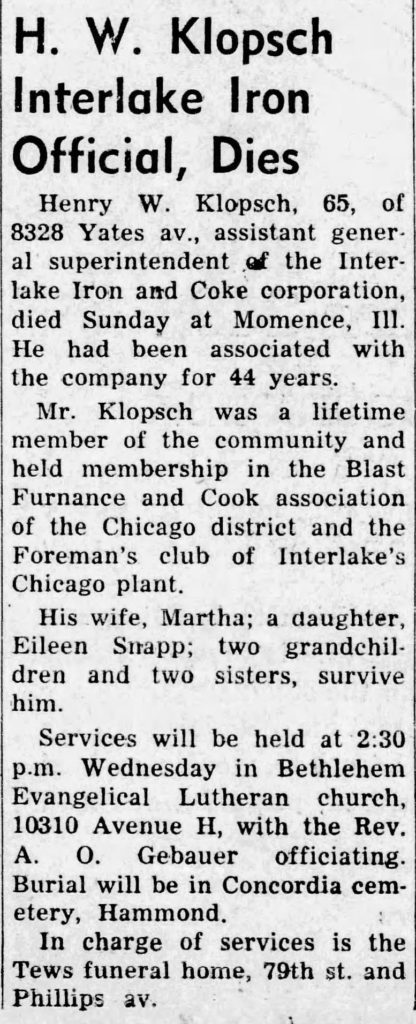
Mr. Hagedorn’s name was new to me as well, introduced to me on this thrilling document from 1932 (and I say ‘thrilling’ without an ounce of sarcasm). I have a drawing from 1926 but this is definately the oldest document I have with actual names – a prized possession no doubt.

This is a bit vague and I hate to read into it too much, but this may be telling. This memo is addressed to the two gentlemen below. We already know that Reggie Chamberlin was assistant under HR Nicklaus but this makes it seem like he may have been assistant under two different supers. All of this also brings up the constantly confusing topic of ‘coke plant super’ vs. ‘general super’ (oversees coke plant and furnace plant). The memo above is quite clear by specifying ‘coke plant’ but things may have changed by 1946. Somethings I will just never know, but it feels good to get so much closer.



Last but not least I found another VHS tape. This was sitting in a pile of junk near the quench station – never found any tapes in that area. The cassette was smashed and very dirty. So of course I took it home. I thought it would be fun to document the transplant process (it was) but what was on the tape was too good to be true. Enjoy!
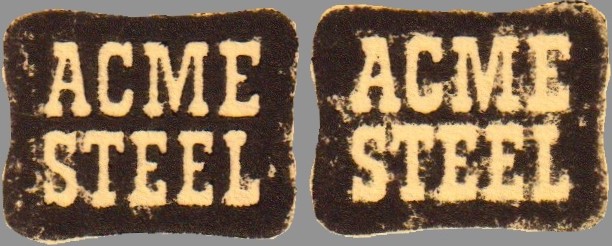
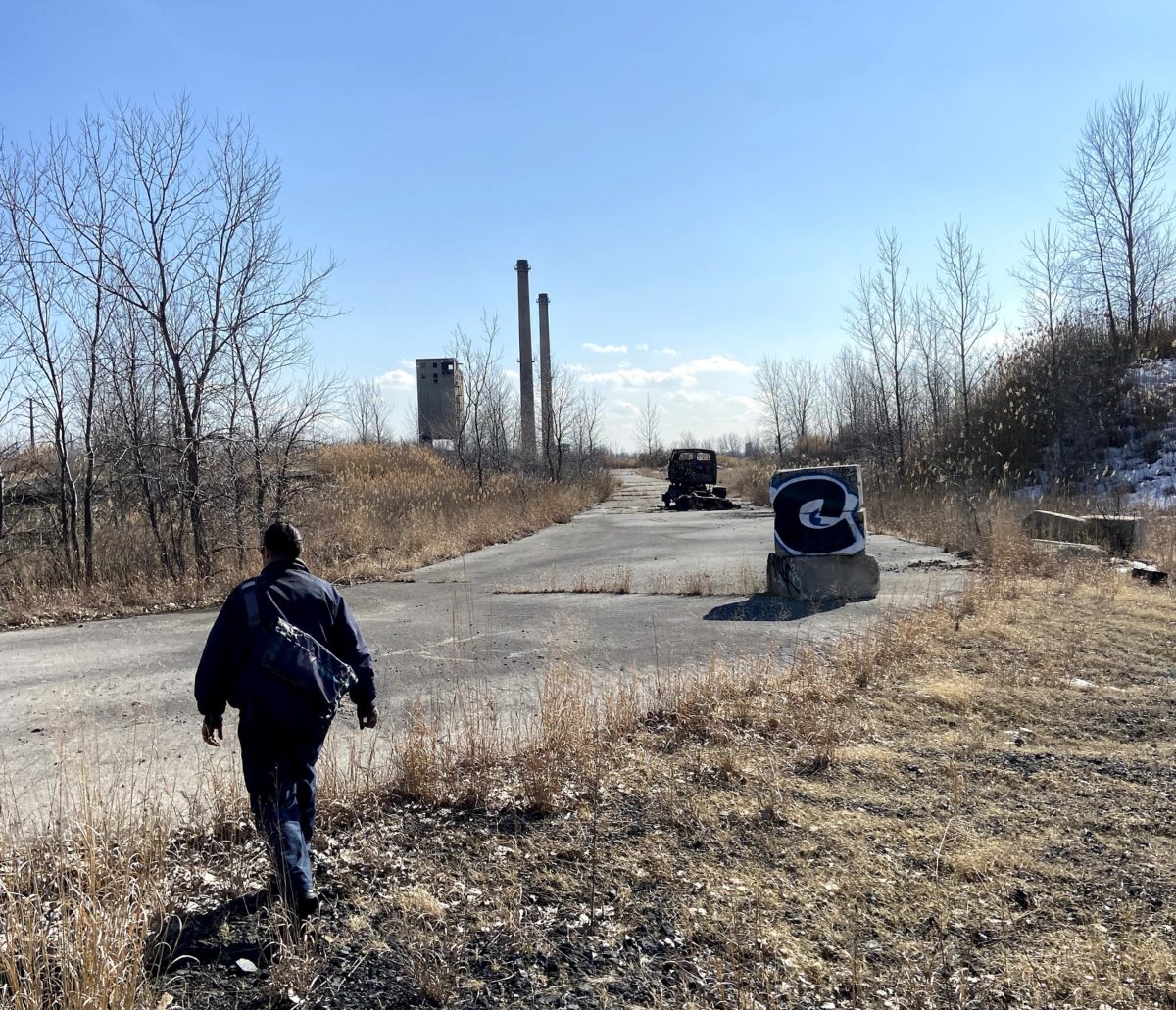
2 replies on “#18, and I don’t know what I want”
Glad to see that all that digging yielded some good finds!
You’ll have to lend me the dancing grannies next time we meet, I’m no spring chicken you know!
Enjoy! https://youtu.be/tkJmRajJ3BQ